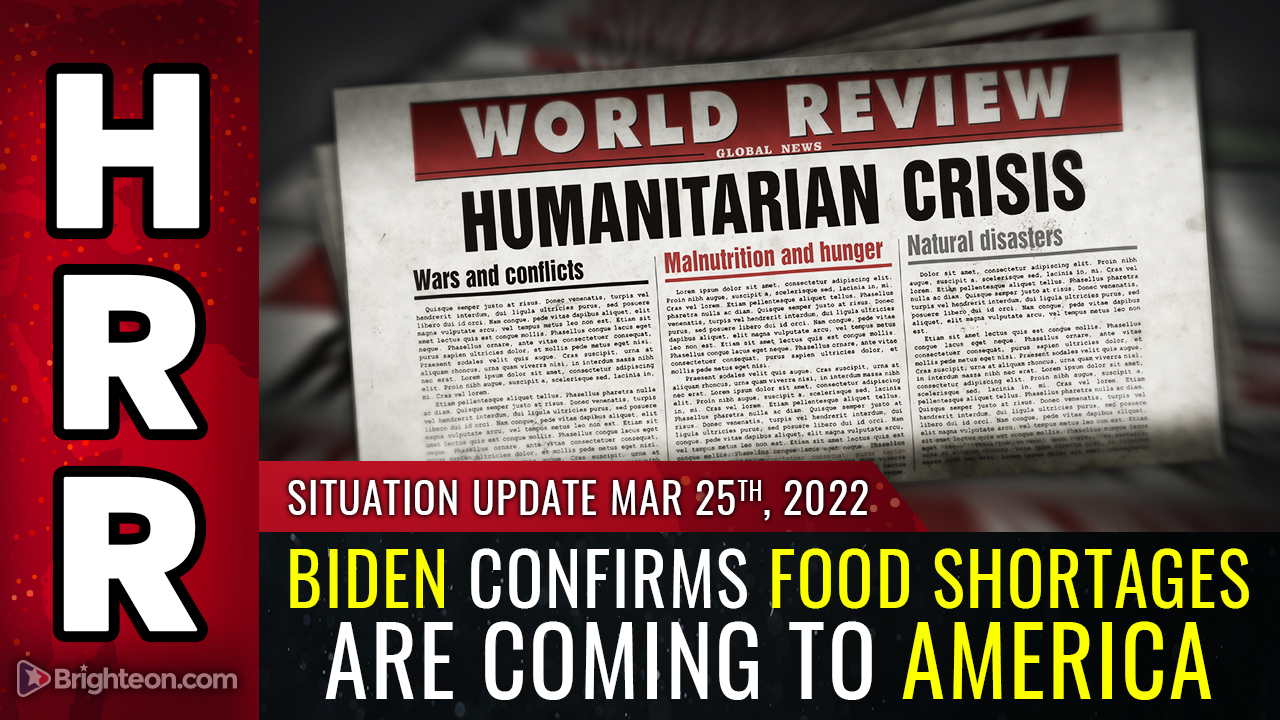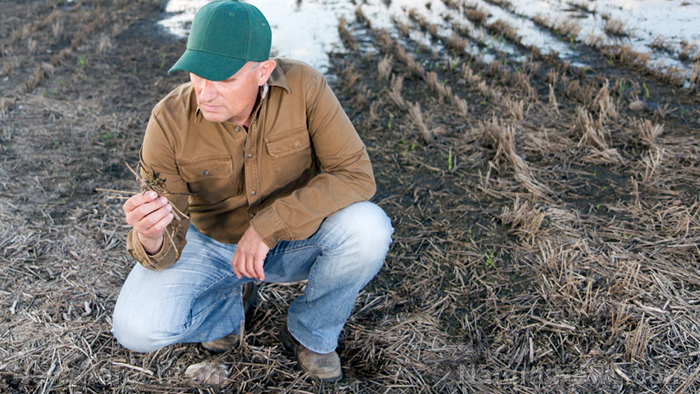MORE CROP FAILURES: Brazil’s corn crops compromised by frost in second bout of unusually cold temperatures this year
08/01/2021 / By Cassie B.

Brazil’s corn market can’t seem to catch a break as yet another cold wave has swept the country’s center-south area, subjecting the crops to more unexpected frost and prompting serious doubts about export volumes.
Last Monday, corn crops in the states of Mato Grosso do Sul and Parana were hit by frost in a cold wave that Agrural’s Daniele Siquiera said was “going to be a historic crop loss.”
The corn crop known as safrinha was hit by dry and warm weather during its key development stages thanks to a drought, and now it’s suffering its second frost after being hit with freezing temperatures at the end of June as well.
The President of Soybean and Corn Advisor Inc., Dr. Michael Cordonnier, said that Brazil has not been this cold in decades.
“It was the coldest air in 20 years, and it was pretty bad. Depending on where you’re at, it either really hurt the corn bad or killed it completely,” he said.
To illustrate how bad the situation is, he describes cornfields in northern Parana that were completely brown because they had been killed by frost. “And the crop was about five feet tall, short and stunted, because they had a drought, and the ears were short and stubby, and the kernels were like milk stage, or early dough stage.”
The second-corn crop had already been planted later than ever thanks to a historic drought, and the two frosts have sealed its fate. He said it would be like having three nights of frost in mid-July in the U.S. followed by three more nights of frost in early August. He said it was “devastating” for the crop, and they still don’t know how bad the situation will ultimately prove to be because the worst fields have yet to be harvested.
He illustrated the extent of the damage with figures, explaining that Brazil was supposed to export somewhere between 30 and 35 million tons of corn to the U.S. Now, however, they’ll be lucky to reach 20 million tons; he thinks it could be even less than that.
Exporters will need to pay a penalty to break their contracts so they can sell their corn on the domestic market, where they can expect a better profit. In fact, with Brazil shifting from exporting corn to importing it, there will be a lot of opportunity for American farmers.
Coffee crops also impacted by frost in Brazil
It’s not just corn that is suffering devastating losses in Brazil. The cold snap has also damaged coffee crops in Brazil, with the below-freezing temperatures seen on the morning of July 20 in the country’s biggest coffee-growing regions leaving farmers in a bind. The freeze is also jeopardizing next year’s crops as coffee trees are on a two-year cycle and many of the trees hit by frost had been expected to continue producing next season as well.
Coffee trees are very sensitive to frost. Even slight amounts of frost are enough to kill their leaves; severe frost can kill the plants completely. Some farmers now have to take out tens of thousands of trees. As a result of the frost and slashed bean production estimates, coffee prices surged by 13 percent. Some commodities experts believe that next year’s harvest may drop by more than 2 million bags.
Farmers aren’t the only ones who don’t welcome this freak cold snap; it’s also poking holes in the claims of climate change alarmists that manmade global warming is causing temperatures to be unusually high. The mainstream media is quick to make a big deal out of record-breaking hot weather, but when the opposite happens, despite the major impact it can have on the prices of coffee and corn, you don’t hear too much about it.
Sources for this article include:
Submit a correction >>
Tagged Under:
Brazil, coffee, cold snap, Collapse, corn, corn crops, crop failures, crops, food supply, harvest, priority
This article may contain statements that reflect the opinion of the author
RECENT NEWS & ARTICLES
COPYRIGHT © 2017 DISASTER NEWS





















